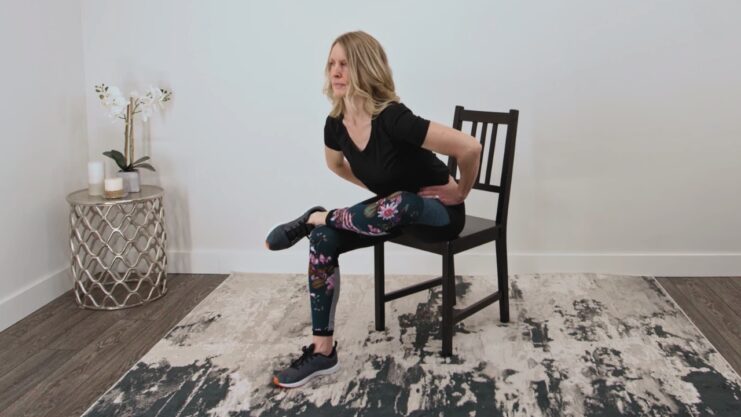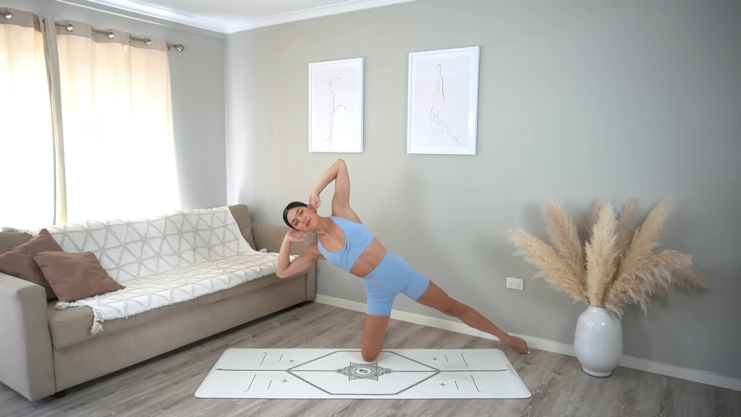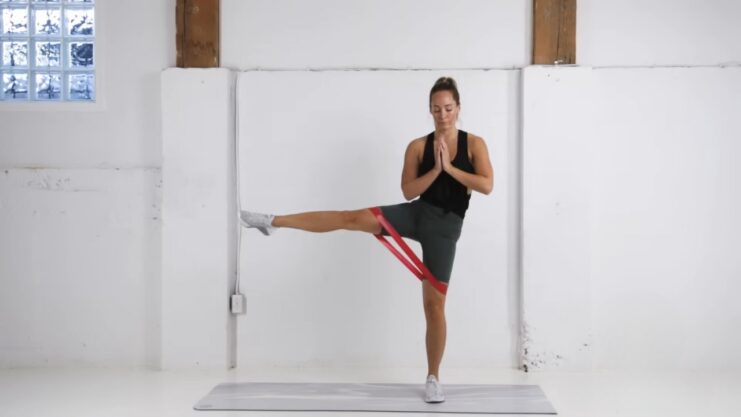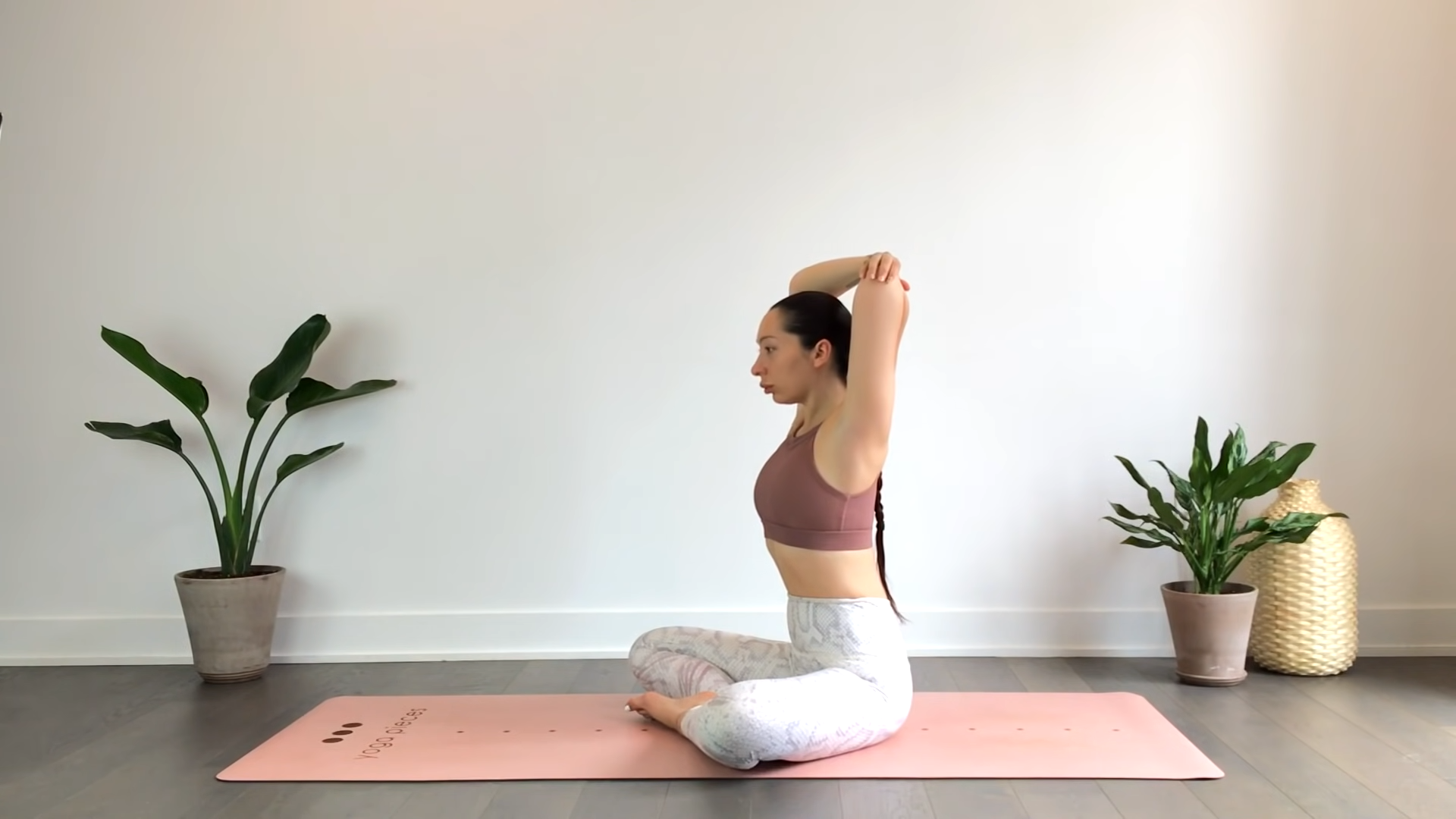We all know that various health issues may occur over the years. As we age, our bodies are becoming more fragile. Therefore, proper care is essential. Flexibility is one of the most important things to take care of. It requires more physical activity.
In this article, we will introduce you to some of the most important tips to maintain flexibility as you get older.
1. Massage

We are any sort of physical activity can become more difficult with age. That’s the main reason why our main recommendation to keep your body more flexible is by getting proper massages from time to time.
It’s proven that massage can benefit the body in many ways. Some of the main advantages are relaxing muscles, the nervous system, and some massages are also good for back, hips, and legs, depending on what you choose.
If you are interested in (스웨디시) Swedish massage, check out Gunmalove.
2. Regular Stretching

We know that it may sound difficult to get up early each morning and go out for a light exercise. However, it is far easier than that. There are all kinds of workouts you can perform at home. The best approach is to do it right when you get up in the morning.
All it takes is a 15-minute workout where you will do leg swings, arm circles, touching your toes, seated stretches, and several other exercises. That will activate your whole body and prepare you for all activities throughout the day.
the main advantage is that you will put some pressure on all muscles, which will reduce the chance of facing injuries and keep your spine and bones in a much better shape.
And again, keep in mind that only 15 minutes a day will do a lot of your body.
A quick 15-minute routine includes:
- Leg Swings – Stand on one leg and swing the other back and forth. Do 10 swings per leg.
- Arm Circles – Extend your arms to your sides and make small circles
- Toe Touches – Stand and slowly reach down to touch your toes, holding the stretch for 10-15 seconds.
- Seated Stretches – Sit with legs extended and reach for your toes
Morning Mobility Exercises
Mobility exercises keep your joints moving smoothly and improve overall flexibility. Examples include:
- Hip Rotations – Stand with feet shoulder-width apart and rotate your hips in a circular motion, 10 times in each direction.
- Shoulder Rolls – Roll your shoulders forward and backward 10 times to release tension.
- Ankle Circle – While seated, lift one leg and rotate your ankle clockwise and counterclockwise, 10 times each.
Functional Movements
Functional exercises mimic everyday activities and are excellent for maintaining flexibility:
- Squats – Practice bodyweight squats as if you’re sitting in a chair.
- Lunges – Perform forward lunges, and alternating legs, to stretch hip flexors and engage your core.
- Torso Rotations – Hold your arms at chest level and rotate your torso side to side.
Break Up Sedentary Periods
Sitting for long stretches can cause stiffness. Combat this by taking short breaks:
- Stand Up and Stretch Every Hour – Set a reminder to get up, stretch your arms overhead, and walk around for a minute.
- Desk Stretches – If you’re at work, do seated stretches like reaching for your toes, or twisting your torso while seated to relieve tension.
3. Yoga and Pilates

These two are also great solutions for keeping your body more flexible. It is proven that yoga can provide amazing results for the balance of the body, along with increased core strength, which is essential.
There are some great techniques for beginners. If you never tried yoga before, it won’t be difficult at all. It is recommended to use a yoga mat as it will make it more comfortable.
Lower backs, legs, and hips are parts of the body that will benefit the most from yoga and pilates.
Here’s a beginner-friendly approach:
- Basic Yoga Poses – Start with foundational poses such as child’s pose, downward dog, and cat-cow stretch.
- Pilates for Core Strength – Simple pilates exercises like the bridge or pelvic tilt focus on strengthening your core while stretching your lower back and hips.
4. Stay Active

Keep in mind that only slight changes in your routine can do a lot for your body. For example, if you are driving to your work every day, consider changing that to bike or walking. Walking is one of the healthiest activities recommended to everyone, especially to older people.
We all know that exercise can be overwhelming and that not all people have enough time to train regularly. Therefore, just making some changes in your lifestyle can be a great replacement for that. Try reaching a goal of 6,000 steps every day for the start. You will quickly notice the difference.
5. Strength Training

When it comes to strength training, we don’t think about extensive workouts with lots of weights. There are exercises you can also perform at home. The whole focus is on lifting your body.
- Compound Movements – Exercises like squats and lunges not only build strength in your legs and glutes but also promote hip and knee flexibility.
- Resistance Band Workouts – Resistance bands are versatile and can be used for exercises like lateral leg raises and chest pulls.
- Core Strengthening – Incorporate moves like planks and deadlifts.
6. Don’t Skip Warm-Ups and Cool-Downs

Don’t forget that the body is more fragile in older age. Starting with exercises that require more strength and flexibility requires a proper warm-up. The workout we mentioned in the beginning, light stretches, is the best solution for the start. After that, you can continue with squats, lunges, and other exercises.
Cool-downs are also important. It will help you recover properly from the exercise.
Here are a few effective cool-down exercises:
- Gentle Jog or Walk – After intense activity, start with 3-5 minutes of light jogging or walking to help your body transition into a state of rest.
- Standing Forward Bend – Stand with your feet hip-width apart, slowly bend forward, and reach for your toes. Hold for 15-30 seconds.
- Seated Hamstring Stretch – Sit with one leg extended and the other bent inward. Reach for the toes of the extended leg and hold for 20-30 seconds, then switch sides.
- Child’s Pose – Kneel on the floor, sit back on your heels, and extend your arms forward, bringing your forehead to the mat. Hold for 30 seconds.
- Arm and Shoulder Stretch – Bring one arm across your chest and hold it with the opposite hand, stretching your shoulder. Hold for 20 seconds and switch arms.
Last Words
As you can see, it is not so difficult to keep your body in good shape and preserve flexibility even at older age. Incorporating fitness routines that benefit from post-workout massages can further enhance muscle recovery and maintain flexibility. However, it requires determination and routine.

